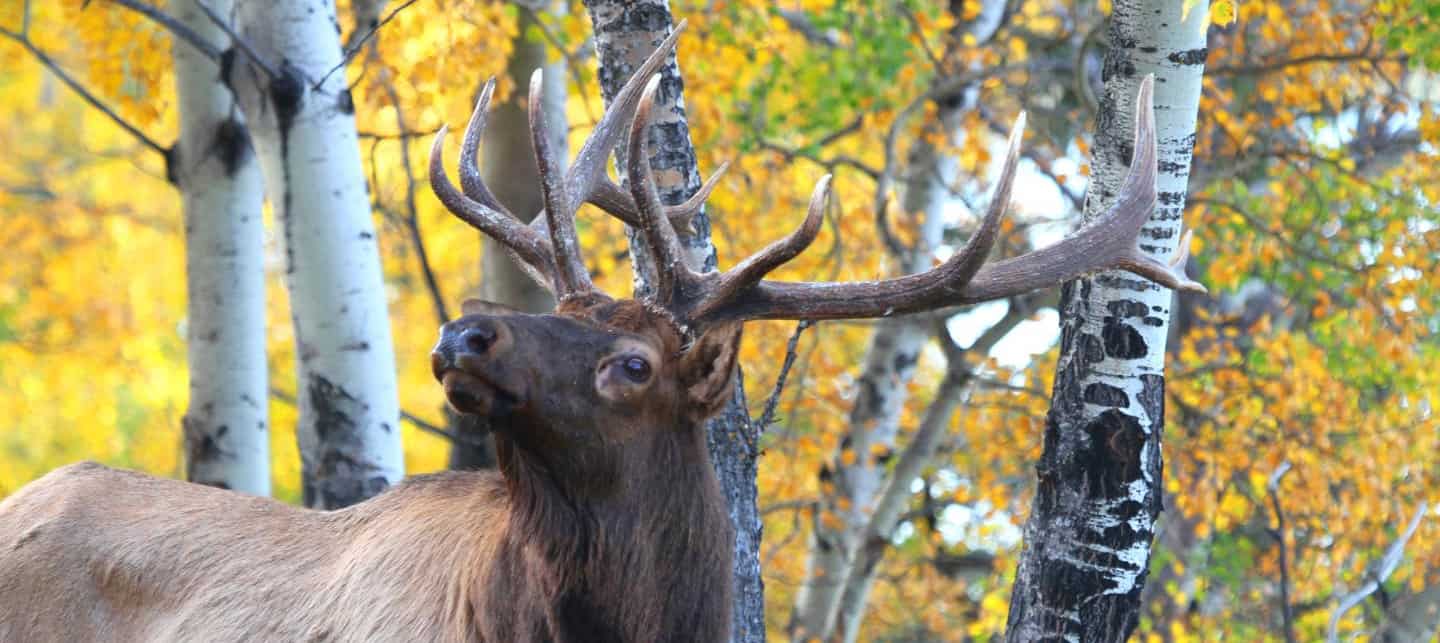Share this article
Facing mountains of data, biologists turn to AI
Artificial intelligence is becoming an important tool for conservation scientists as new technologies make it easier for researchers to comb through vast amounts of data. A PhD student could “spend months labelling it all by hand before they can get anywhere near answering their hypothesis,” Dan Stowell, a computer scientist at Queen Mary University of London, tells Nature.AI is becoming more accessible, allowing researchers to sort through troves of camera trap images, bird call recordings and other data far more quickly than humans could. Some scientists use browser-based tools. Some outsource the work. Some learn to do it themselves in online classes. AI “doesn’t have to be 100 percent accurate,” says Marc Travers, who is using AI to study bird collisions with power lines on the Hawaiian island of Kauai. “We just have to know exactly how accurate it is.”
Read the story in Nature.
Header Image: This photo of a bull elk was one of millions of images used to harness artificial intelligence at the University of Wyoming to identify North American wildlife species. ©Jim Beasley








